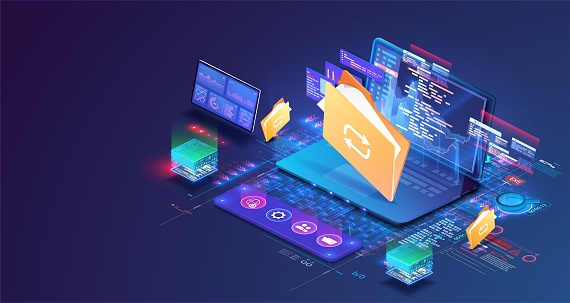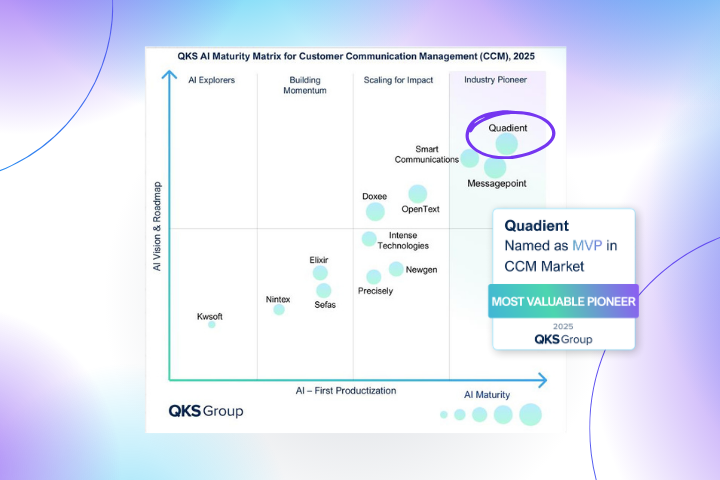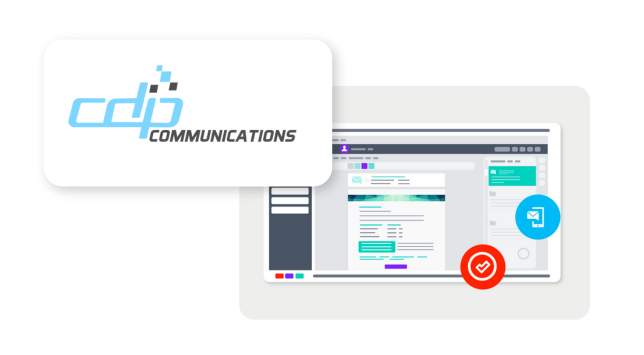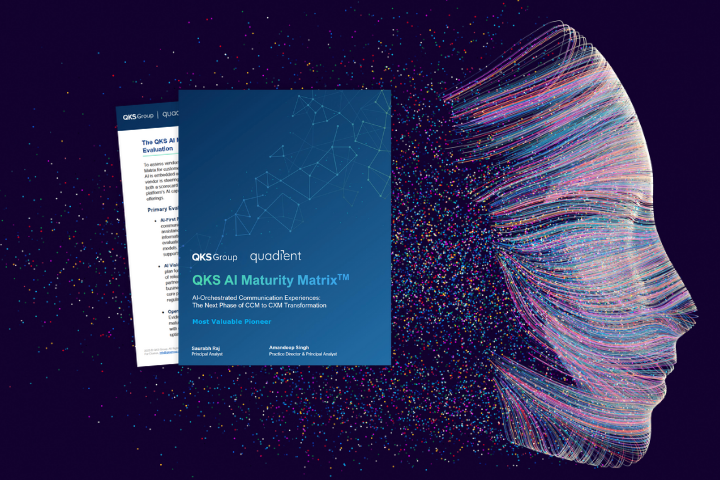
For just over 20 years, SAP ECC has been helping companies automate core business processes, such as finance, HR, sales, and supply chain management. It’s a powerful tool that has helped countless teams, but its final days are rapidly approaching.
Given its age, the developers have opted to end support for the software. Originally, the company planned to end its maintenance in 2025, but extended the deadline to 2027 to help their customers manage the transition.
According to Gartner , 61% of SAP ECC customers have not licensed any version of SAP Cloud ERP
The deadline is rapidly approaching, and teams that don’t have a migration plan in place will soon be at a serious disadvantage. So, why would anyone wait? Here are the most common reasons given, and how you can address them.
“It’s too expensive and too time-consuming”
We get it. Migration is an investment, and it would be foolish to deny the time and money commitment needed. That said, come 2027, migration won’t be an option. Teams who get started now can take advantage of incentives that SAP is offering to help businesses make the change.
Tools like artificial intelligence can make migration faster and easier. With AI, you can automate analysis of your current system, plan the best resource allocation, reduce manual effort in tasks like code conversion and data cleansing, and enhance testing and validation to lower costs and accelerate project timelines.
“We don’t have the proper skills for a migration project”
Having the proper skills in place to successfully navigate a migration is a legitimate concern, but it’s one that you’re going to have to confront before support for ECC ends completely. Rather than wait until that happens, it’s better to start upskilling and training your team now so that you aren’t caught flatfooted when the change becomes mandatory. Working with a partner like Quadient AR can help ease the process by centralizing and automating the AR process, allowing you to "lift and shift" the modern AR function independently of a complex, full-scale SAP system migration. This approach cuts down potential disruption and allows you to realize the benefits of AR automation quickly.
“Migration will disrupt business”
Changing systems always involves a learning curve, so the sooner you start planning and getting your team invested in the process, the smoother it will go. By getting your finance and IT teams working together early, it can help you align goals, recognize potential hurdles, and develop a detailed plan that eliminates or reduces downtime. This process should also involve testing and training to find any bugs early and get everyone up-to-speed.
“We aren’t ready to completely overhaul our system”
Your day-to-day work has a lot of moving pieces, so adding a full system migration to the load might be overwhelming. Luckily, you don’t have to change everything at all at once. By setting up a migration schedule, you can keep things that are working while transitioning features that are in need of immediate resolution. That allows you to gradually make the change and avoid disruption.
You’ll also want to plan how surrounding systems and processes will be affected by the changes, ensuring that everything works together as you transition away from SAP ECC.
Why now is the right time to begin your migration
So, we’ve talked about some of the perceived hurdles to your system migration, but what are the biggest benefits of making a change now?
1. A fully supported experience
Two years go fast, and when the time is up, teams that haven’t transitioned away from SAP ECC will no longer receive updates, patches, or new functionality for the software. As a result, they’ll be more likely to meet security risks, fall into regulatory non-compliance, and run inefficiently. Making the migration before the deadline will help your day-to-day operations to continue running as smoothly as possible with the full support of SAP.
2. Reducing your costs and increasing your ROI
Teams that act now will be able to more effectively spread out the cost of a migration and make sure that the project is aligned with your company's broader goals to get the largest ROI. You’ll also be able to cut costs but taking advantage of incentives offered by SAP.
3. Minimized disruptions
Any change will inevitably come with hiccups or bumps in the road, but the more planning put into the process, the smoother you can make it happen. Testing and analysis will help you find potential problems and eliminate them and will give your team the chance to get used to using the new software. Compare that with the risks of waiting until the last minute, which will force your team to start adopting a new solution at a rush.
4. Futureproof your operations
Business and technology are always changing, and you need a tool that can adapt quickly to those changes. By changing to a modern ERP, you help your team stay up-to-date on changing compliance standards, security challenges, and market demands. With the full support of SAP, you can quickly adapt when customer demands change, or when the market shifts. With regular updates to the solution, you also can rest easy knowing that you are taking full advantage of the latest developments in technology.
How Quadient AR can help
Quadient AR is an accounts receivable automation solution designed to integrate with your ERP and expand on its capabilities. By managing routine tasks, it frees up time that can be devoted to things like training and upskilling as you migrate away from SAP ECC. The software centralizes your data and manages every step of the receivables process from invoice presentment to cash application, meaning that even as you transition from one ERP to another, your receivables process will remain fully operational.
Want to discover more tips for better more tip for better AR? Start here!







